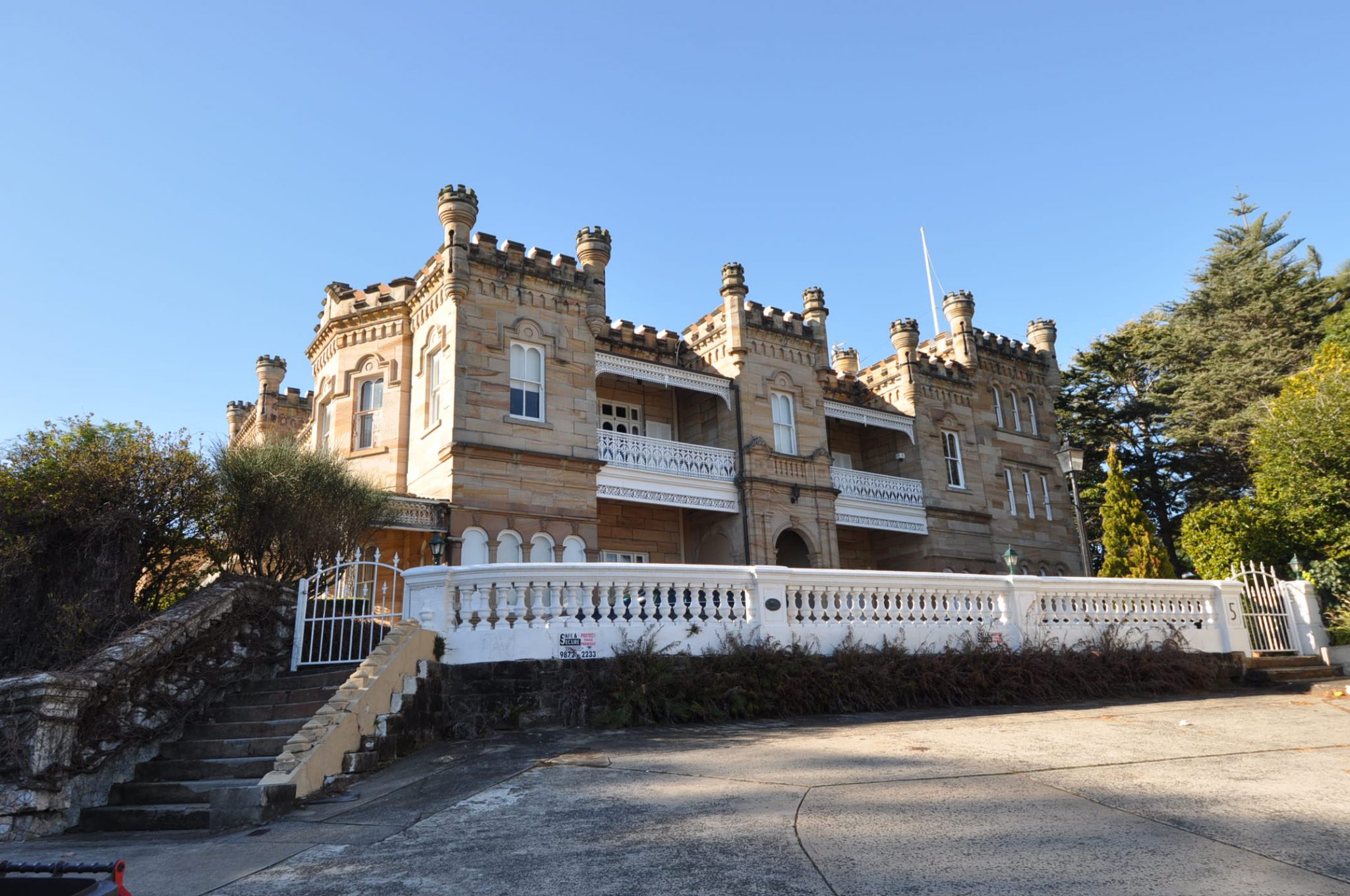Professional Associations
 Wouldn’t it be amazing if Australia had a national policy framework matching that of the UK? The English version sets out a bunch of polices as to how local governments within the UK ought to treat cultural heritage significance and as will be seen by some of these policies listed below, it is given a highly positive spin.
Wouldn’t it be amazing if Australia had a national policy framework matching that of the UK? The English version sets out a bunch of polices as to how local governments within the UK ought to treat cultural heritage significance and as will be seen by some of these policies listed below, it is given a highly positive spin.
Conserving and enhancing the historic environment
126. Local planning authorities should set out in their Local Plan a positive strategy for the conservation and enjoyment of the historic environment, including heritage assets most at risk through neglect, decay or other threats. In doing so, they should recognise that heritage assets are an irreplaceable resource and conserve them in a manner appropriate to their significance. In developing this strategy, local planning authorities should take into account:
- The desirability of sustaining and enhancing the significance of heritage assets and putting them to viable uses consistent with their conservation;
- The wider social, cultural, economic and environmental benefits that conservation of the historic environment can bring;
- The desirability of new development making a positive contribution to local character and distinctiveness; and
- Opportunities to draw on the contribution made by the historic environment to the character of a place.
 127. When considering the designation of conservation areas, local planning authorities should ensure that an area justifies such status because of its special architectural or historic interest, and that the concept of conservation is not devalued through the designation of areas that lack special interest.
127. When considering the designation of conservation areas, local planning authorities should ensure that an area justifies such status because of its special architectural or historic interest, and that the concept of conservation is not devalued through the designation of areas that lack special interest.
128. In determining applications, local planning authorities should require an applicant to describe the significance of any heritage assets affected, including any contribution made by their setting. The level of detail should be proportionate to the assets’ importance and no more than is sufficient to understand the potential impact of the proposal on their significance. As a minimum the relevant historic environment record should have been consulted and the heritage assets assessed using appropriate expertise where necessary. Where a site on which development is proposed includes or has the potential to include heritage assets with archaeological interest, local planning authorities should require developers to submit an appropriate desk-based assessment and, where necessary, a field evaluation.
129. Local planning authorities should identify and assess the particular significance of any heritage asset that may be affected by a proposal (including by development affecting the setting of a heritage asset) taking account of the available evidence and any necessary expertise. They should take this assessment into account when considering the impact of a proposal on a heritage asset, to avoid or minimise conflict between the heritage asset’s conservation and any aspect of the proposal.
130. Where there is evidence of deliberate neglect of or damage to a heritage asset the deteriorated state of the heritage asset should not be taken into account in any decision.
131. In determining planning applications, local planning authorities should take account of:
- The desirability of sustaining and enhancing the significance of heritage assets and putting them to viable uses consistent with their conservation;
- The positive contribution that conservation of heritage assets can make to sustainable communities including their economic vitality; and
- The desirability of new development making a positive contribution to local character and distinctiveness.
132. When considering the impact of a proposed development on the significance of a designated heritage asset, great weight should be given to the asset’s conservation. The more important the asset, the greater the weight should be. Significance can be harmed or lost through alteration or destruction of the heritage asset or development within its setting. As heritage assets are irreplaceable, any harm or loss should require clear and convincing justification. Substantial harm to or loss of a listed building, park or garden should be exceptional. Substantial harm to or loss of designated heritage assets of the highest significance, notably scheduled monuments, protected wreck sites, battlefields, listed buildings, registered parks and gardens, and World Heritage Sites, should be wholly exceptional.
 133. Where a proposed development will lead to substantial harm to or total loss of significance of a designated heritage asset, local planning authorities should refuse consent, unless it can be demonstrated that the substantial harm or loss is necessary to achieve substantial public benefits that outweigh that harm or loss, or all of the following apply:
133. Where a proposed development will lead to substantial harm to or total loss of significance of a designated heritage asset, local planning authorities should refuse consent, unless it can be demonstrated that the substantial harm or loss is necessary to achieve substantial public benefits that outweigh that harm or loss, or all of the following apply:
- the nature of the heritage asset prevents all reasonable uses of the site; and
- no viable use of the heritage asset itself can be found in the medium term through appropriate marketing that will enable its conservation; and
- conservation by grant-funding or some form of charitable or public ownership is demonstrably not possible; and
- the harm or loss is outweighed by the benefit of bringing the site back into use.
134. Where a development proposal will lead to less than substantial harm to the significance of a designated heritage asset, this harm should be weighed against the public benefits of the proposal, including securing its optimum viable use.
135. The effect of an application on the significance of a non-designated heritage asset should be taken into account in determining the application. In weighing applications that affect directly or indirectly non designated heritage assets, a balanced judgement will be required having regard to the scale of any harm or loss and the significance of the heritage asset.
 136. Local planning authorities should not permit loss of the whole or part of a heritage asset without taking all reasonable steps to ensure the new development will proceed after the loss has occurred.
136. Local planning authorities should not permit loss of the whole or part of a heritage asset without taking all reasonable steps to ensure the new development will proceed after the loss has occurred.
137. Local planning authorities should look for opportunities for new development within Conservation Areas and World Heritage Sites and within the setting of heritage assets to enhance or better reveal their significance. Proposals that preserve those elements of the setting that make a positive contribution to or better reveal the significance of the asset should be treated favourably.
140. Local planning authorities should assess whether the benefits of a proposal for enabling development, which would otherwise conflict with planning policies but which would secure the future conservation of a heritage asset, outweigh the disbenefits of departing from those policies.
 141. Local planning authorities should make information about the significance of the historic environment gathered as part of plan-making or development management publicly accessible. They should also require developers to record and advance understanding of the significance of any heritage assets to be lost (wholly or in part) in a manner proportionate to their importance and the impact, and to make this evidence (and any archive generated) publicly accessible. However, the ability to record evidence of our past should not be a factor in deciding whether such loss should be permitted.
141. Local planning authorities should make information about the significance of the historic environment gathered as part of plan-making or development management publicly accessible. They should also require developers to record and advance understanding of the significance of any heritage assets to be lost (wholly or in part) in a manner proportionate to their importance and the impact, and to make this evidence (and any archive generated) publicly accessible. However, the ability to record evidence of our past should not be a factor in deciding whether such loss should be permitted.
Australian local, state and national heritage jurisdictions would benefit greatly by having a national policy that simply sets out the primacy of cultural built heritage as an asset to be protected for current and future generations. Our current national heritage policies are far too lax and the attrition of cultural built heritage would be comprehensively curtailed if we had a bunch of national policies matching that of the NPPF in the UK.


Paul Rappoport – Heritage 21 – 6 February 2015
Related Articles

New Ways of Assessing Heritage Impact
The system we use today in NSW and Australia generally to assess heritage impact is limited and perhaps slightly old…
Read more
Taxing tourism to pay for cultural built heritage
The World Bank (2010) writes that a good investment climate for tourism, underpinned by a sound tax regime, can play…
Read more
Heritage-Tourism – Loving it to Death
How often have we all heard or read the phrase; “Tourism is a driver of economic development”.
Read more
Is Heritage in the Public or Private Interest?
Clearly, the development and pro- conservation approaches are like ships passing in the night. Will there ever be a happy…
Read more

Need help getting started?
Check out our guides.

Complete the form below to contact us today.









